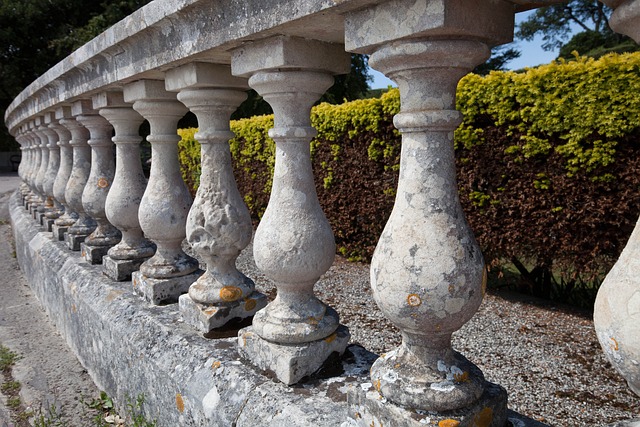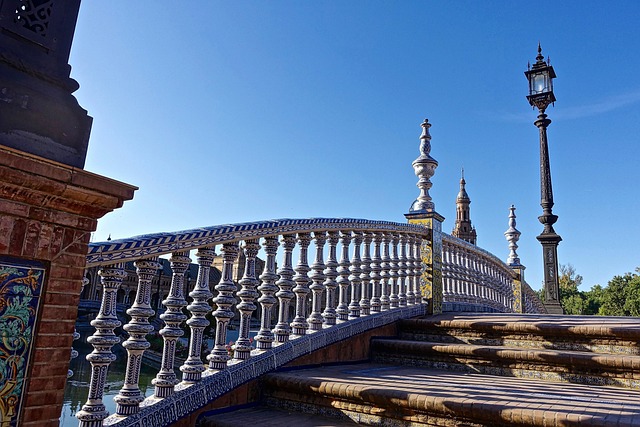
The small columns typical of the railings are called "balusters."
The Greek word balaústion passed into Latin as balaustĭum , which in turn led to the French balustre . After this etymological journey, the concept came to Spanish as baluster or baluster : this is the name given to the small column that, together with the railings, supports the structure of the parapets or the railings of stairs, balconies , etc.
General characteristics
Balusters can be manufactured in a wide range of materials, something that is very logical given that it is an architectural element created several centuries ago. Among those that stand out are the following: ceramics , metal, wood, iron or other materials. They have two functions, since they are manufactured with the purpose of supporting and ornamenting the railings or parapets.
The set of balusters is called the balustrade . Its use is very old and would date back, according to the research of historians, to the times of the Assyrians . In any case, there are no records of its use in all towns, so its evolution was not linear.
It is common for balusters to combine curved and square moldings and to alternately have narrowing and widening. They usually develop on a base or unifying bar and provide support to the front of the railing, railing or parapet.
The separation of the balusters from each other must be harmonious and must be in relation to the rest of the set. When you choose to separate them a lot in order to save materials and reduce investment , aesthetics suffer.
Similar to capital
The architectural element called capital is placed at the top of a pilaster, a pillar or a column and serves to receive the loads of the structures that rest on it. It also has an aesthetic objective, more precisely transitional, since the parts it connects are conceptually very different. As with architecture in general, we can find it in a wide variety of styles, which depend on the historical and geographical context .
Dating and architecture
It is important to mention that the characteristics of the balusters usually reveal interesting data about construction dates and architectural styles . Therefore, by studying them, it is possible to access valuable information regarding the classification of works .
This can serve not only to know the specific data of the balusters that have not been adequately recorded or which are not discussed in the written material associated with them, but also to all the elements that surround them in their context. Both the furniture and the rest of the architectural elements found in the same building as a baluster can be dated and framed in a style thanks to the study of these columns.

Studying the balusters can be used to date other architectural elements and furniture.
We can take as reference the furniture used during the reign of Charles II of Spain , a monarch who was also known as "the Bewitched" due to his poor health, which included infertility and muscle weakness. Thanks to the study of the balusters made of oak that were used at that time, we can know that its turned design belongs to the beginning of the 17th century, around six decades before the birth of the king.
If we look at Anglo-Saxon architecture, on the other hand, we find typical mullions that were built to divide the windows whose shape resembles that of the baluster. Some examples of this element can be seen in St. Alban's Abbey , and its origin is believed to be the ancient Saxon church. Normandy architecture built its balusters with simple shapes, in addition to adding capitals and bases, and this was how they gave it the appearance of small columns.
